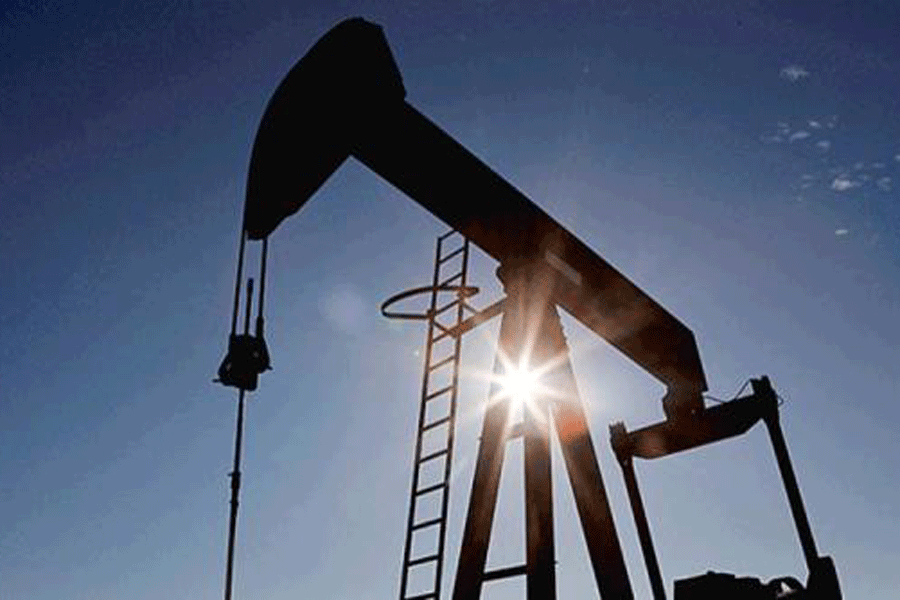A surge in oil prices to $100 a barrel spells trouble for PSU refiners as they may be forced to keep the prices of diesel and petrol unchanged in an election year.
This will precipitate a situation where they battle the effects of under-recoveries which could run into thousands of crores.
State-owned oil firms, according to industry estimates, are already making a loss of Rs 5 per litre of diesel and a marginal profit of Rs 1 per litre of petrol even as Brent crude oil prices dipped to $92.42 a barrel on Monday, after touching almost $98 last week.
The Indian basket of crude averaged $93.4 per barrel in September. It comprises sour grade (Oman & Dubai average) and sweet grade (Brent dated) of crude processed in Indian refineries in the ratio of 75:25.
The crude basket does not mirror the price at which the PSU oil marketing companies (OMCs) buy crude as it does not reflect the discount on Russian crude.
Brent crude has appreciated nearly 25 per cent since mid-June because of a combination of factors such as production cuts by major oil-producing countries, signs of improved macroeconomic conditions and easing of inflation in major oil consumers such as the US.
Back in February, finance minister Nirmala Sitharaman slammed the Congress-led UPA for issuing oil bonds indiscriminately.
“Under oil bonds, we have already paid Rs. 2.34 lakh crore, inclusive of interest. The amount mobilised under oil bond during UPA-times was, inclusive of, probably, a small amount earlier, Rs. 1.71 lakh crore. But we have already paid Rs. 2.34 lakh crore, inclusive of interest, and we are yet to pay Rs 1.07 lakh crore. The last payment will be made between 2025-26,” she said.
Sitharaman’s statement indicates the BJP government’s distaste for oil bonds. So how does the Centre intend to compensate the state-owned oil refiners with crude blowing past $100 a barrel?
Russian oil imports hold the crux of the crude muddle. So far, the country continues to benefit from discounted Russian crude oil from Moscow. Refiners can source Russian crude within the G-7 price cap of $60 per barrel without attracting sanctions.
The share of Russia and Iraq in India’s September oil imports stood around 43 per cent and 22 per cent, respectively, while in August, Russia’s share was 35.4 per cent and Iraq’s was 19.5 per cent, according to some reports quoting data analytics firm Kpler.
Russia has become India’s largest crude supplier after the former diverted its supplies to the Asian market amid Western sanctions.
“Indian refiners which are the key beneficiaries of cheaper Russian crude should still be able to clock gross refining margins (GRMs) of around $9-10 per barrel in FY23-24, as the likely decline in their margins on processing Brent crude is expected to be offset by the significant expansion in margins on processing Russian crude,” CareEdge Ratings said.
State-owned OMCs had turned profitable in recent quarters after reporting huge losses in the first half of 2022-23 because of soaring crude prices.
While the government could cut the excise duties to provide some relief in an election year to score some brownie points, it is not yet clear how the oil marketing firms would be compensated.










